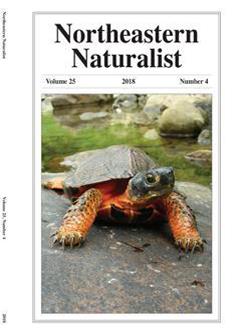How to translate text using browser tools
1 November 2018
Characterizing Wood Turtle (Glyptemys insculpta) Populations at the Northwestern Periphery of the Species' Range in Canada
Jennifer Cross,
Robert Cross,
Derek Chartrand,
Dean G. Thompson
ACCESS THE FULL ARTICLE

Northeastern Naturalist
Vol. 25 • No. 4
December 2018
Vol. 25 • No. 4
December 2018




